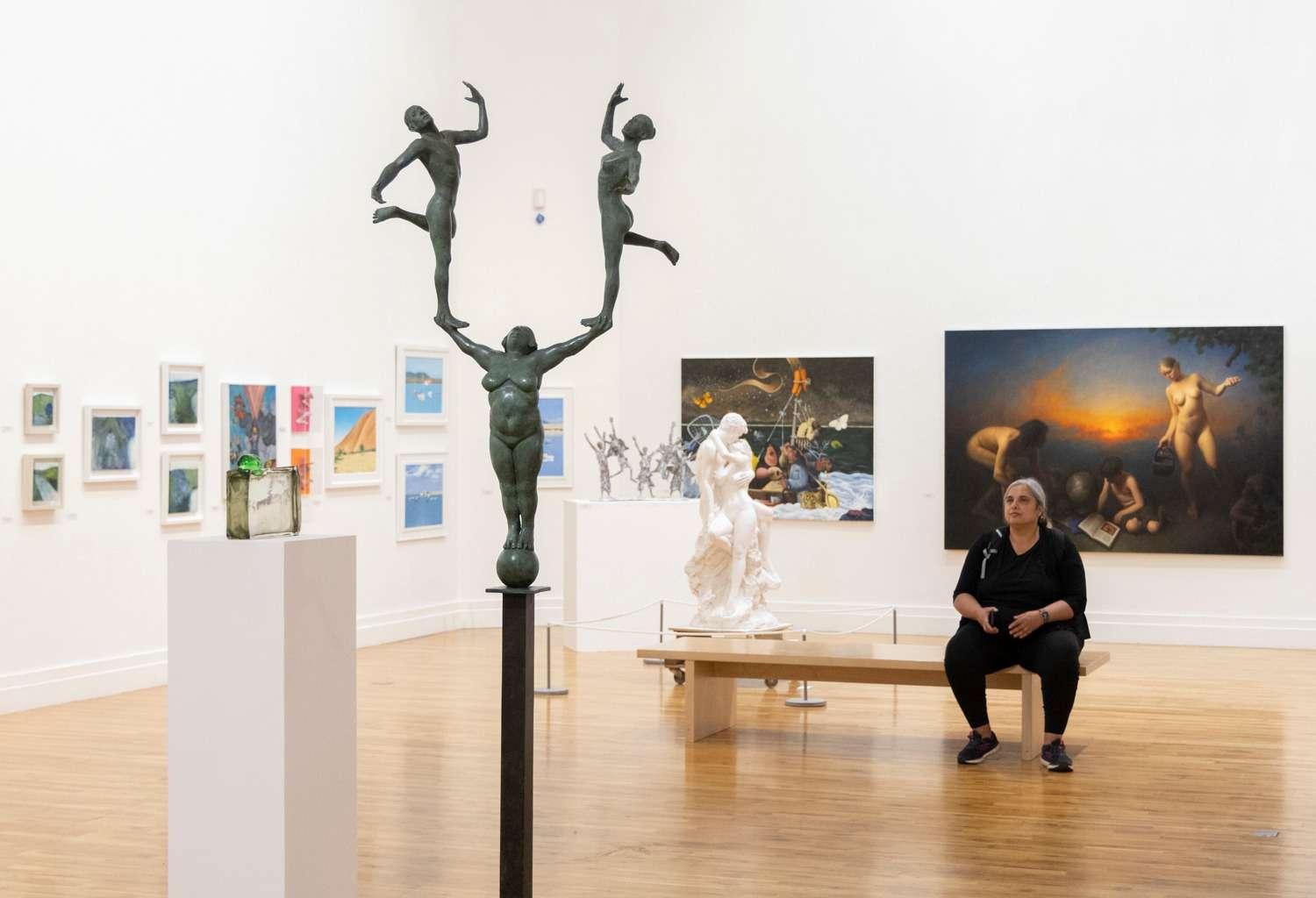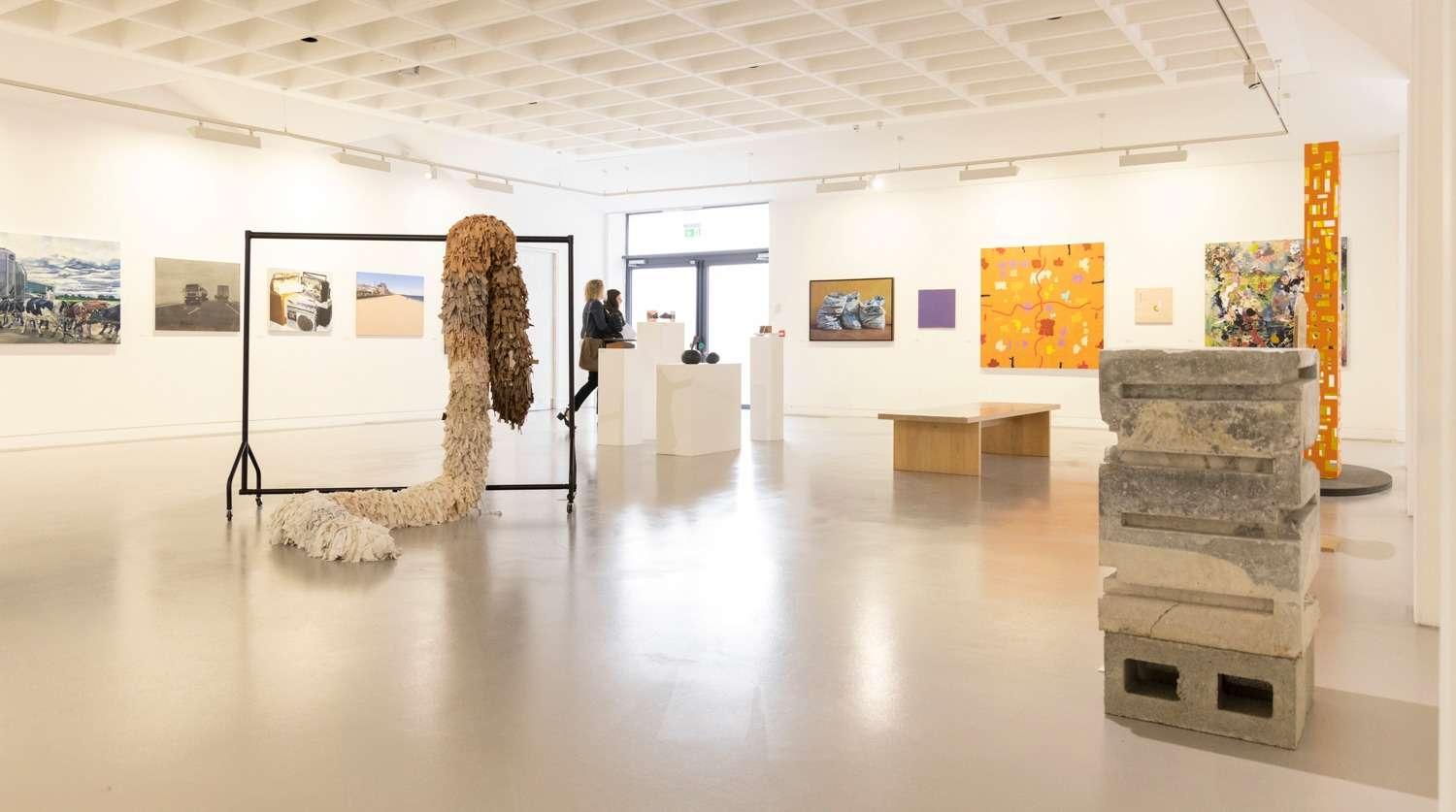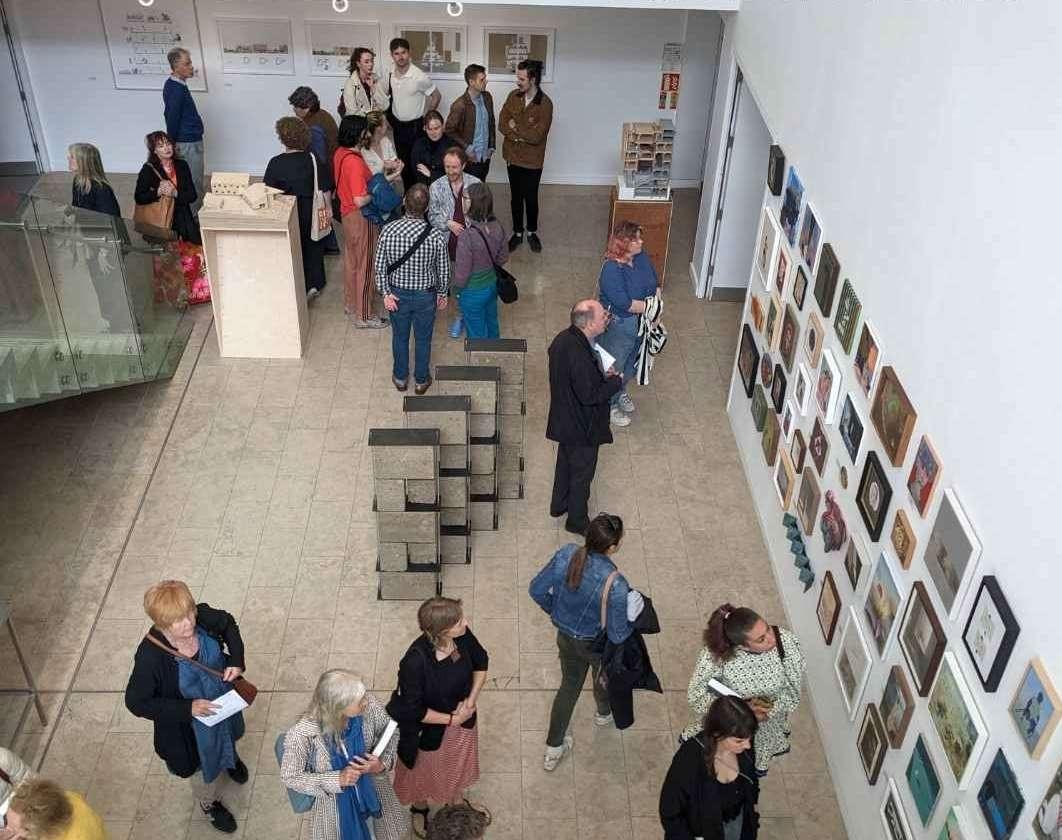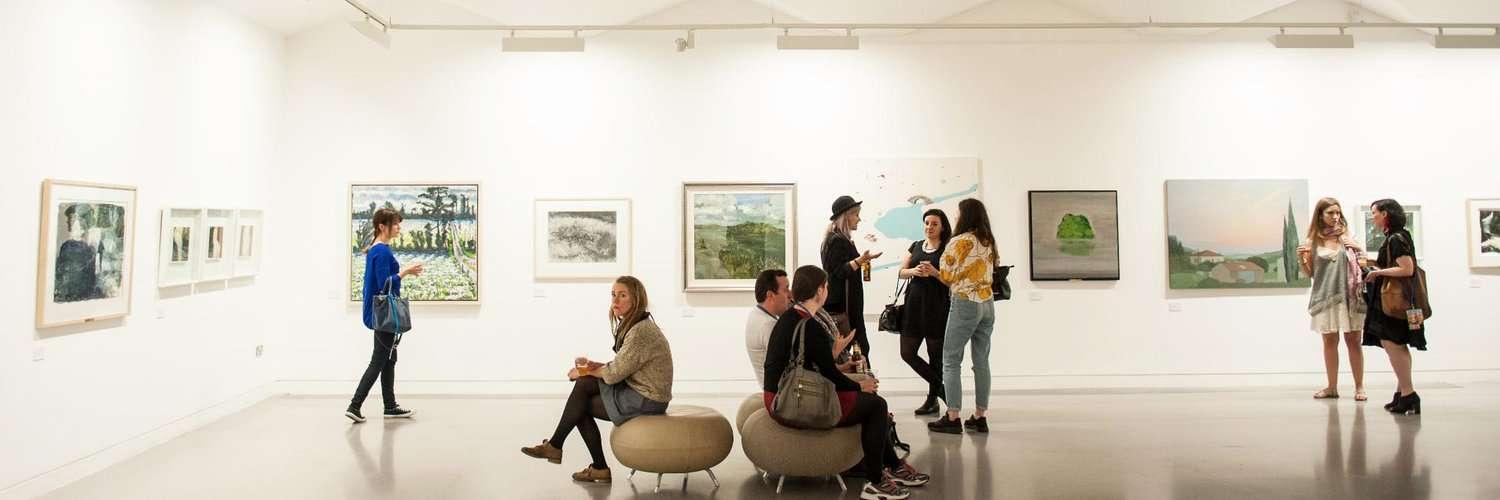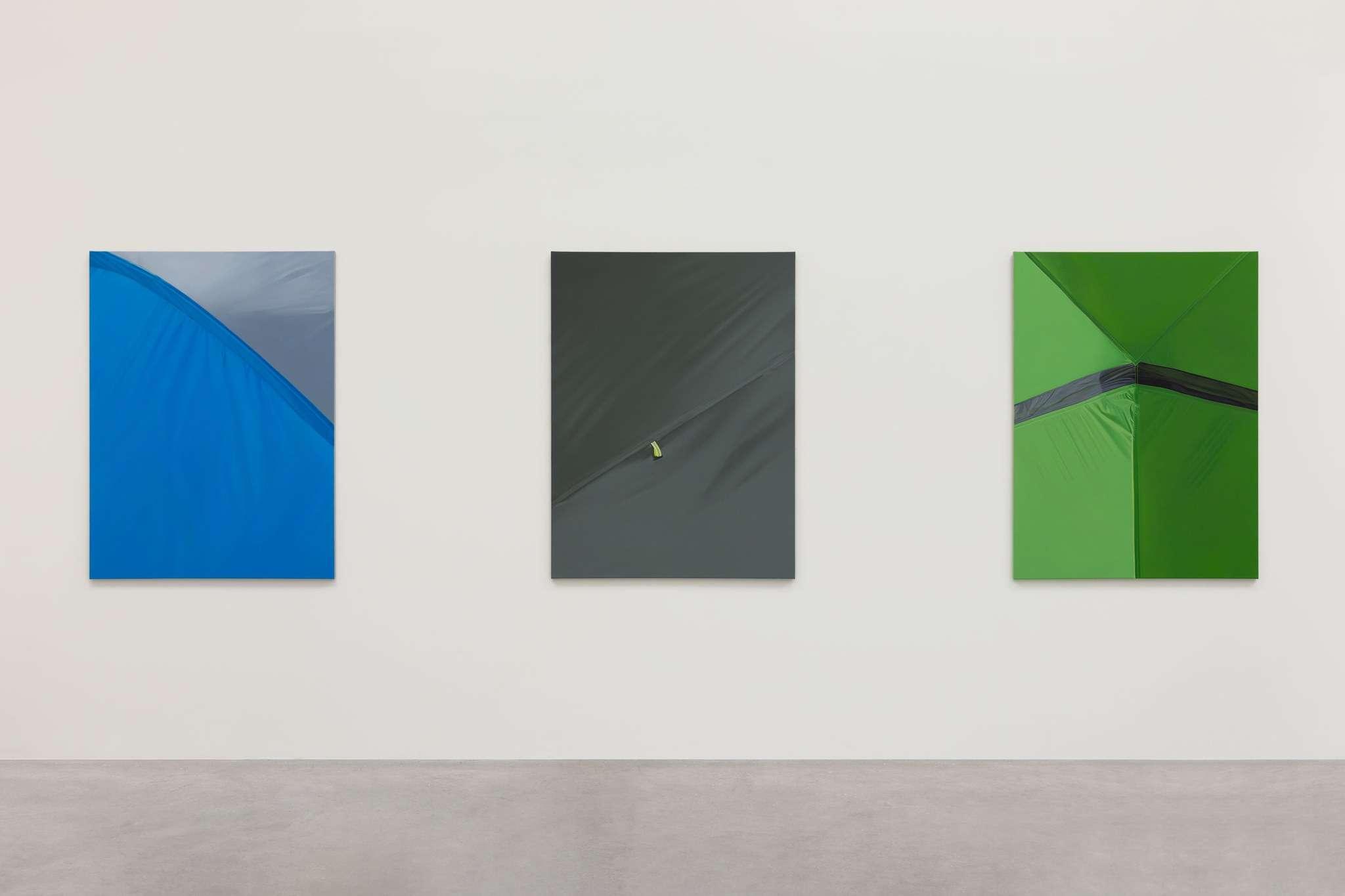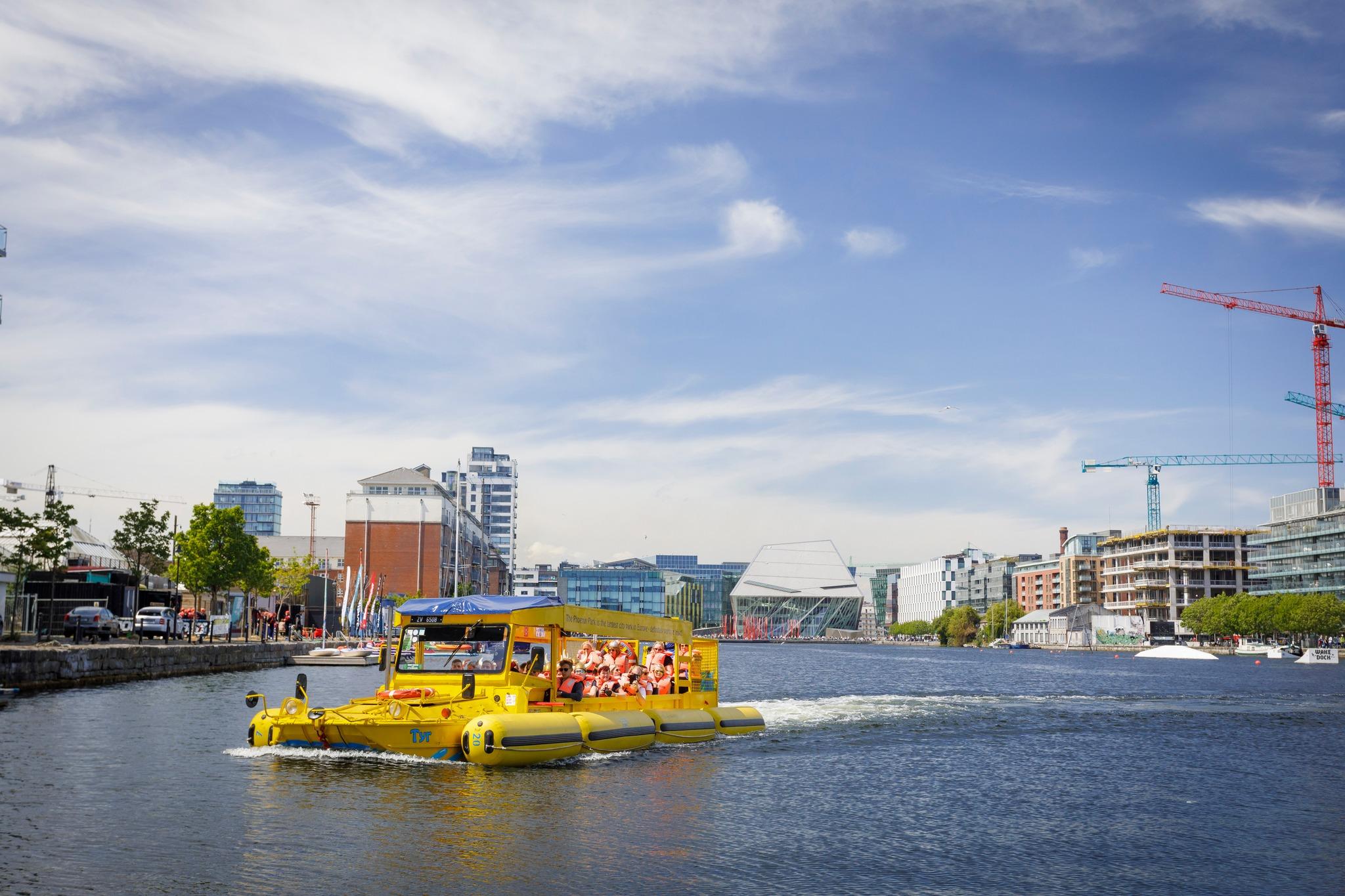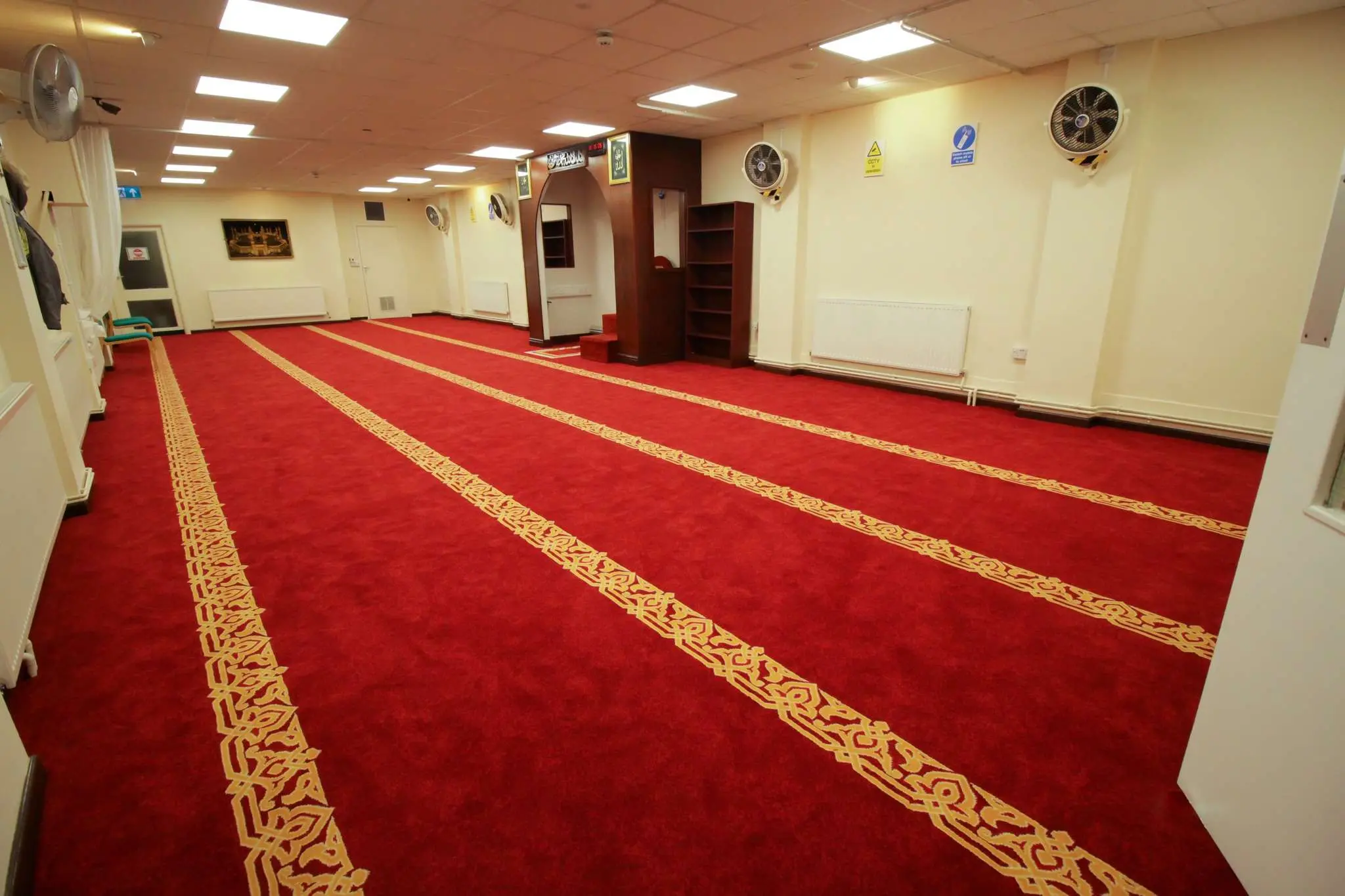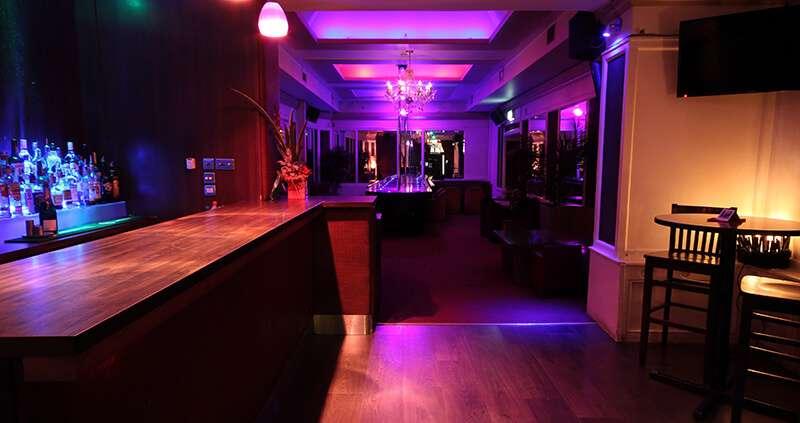About
Today the RHA is an artist-led organisation, a 32-county body with charitable status. Its core remit is to support contemporary art and artists in Ireland through exhibition, education and advocacy. The Exhibitions programme also brings significant contemporary international art to Irish audiences. The RHA Ashford Gallery encourages young artists not…
Today the RHA is an artist-led organisation, a 32-county body with charitable status. Its core remit is to support contemporary art and artists in Ireland through exhibition, education and advocacy. The Exhibitions programme also brings significant contemporary international art to Irish audiences. The RHA Ashford Gallery encourages young artists not already showing with a commercial gallery. This combination of history, venue, active support and vision for the future places the RHA at the heart of Irish Art.

